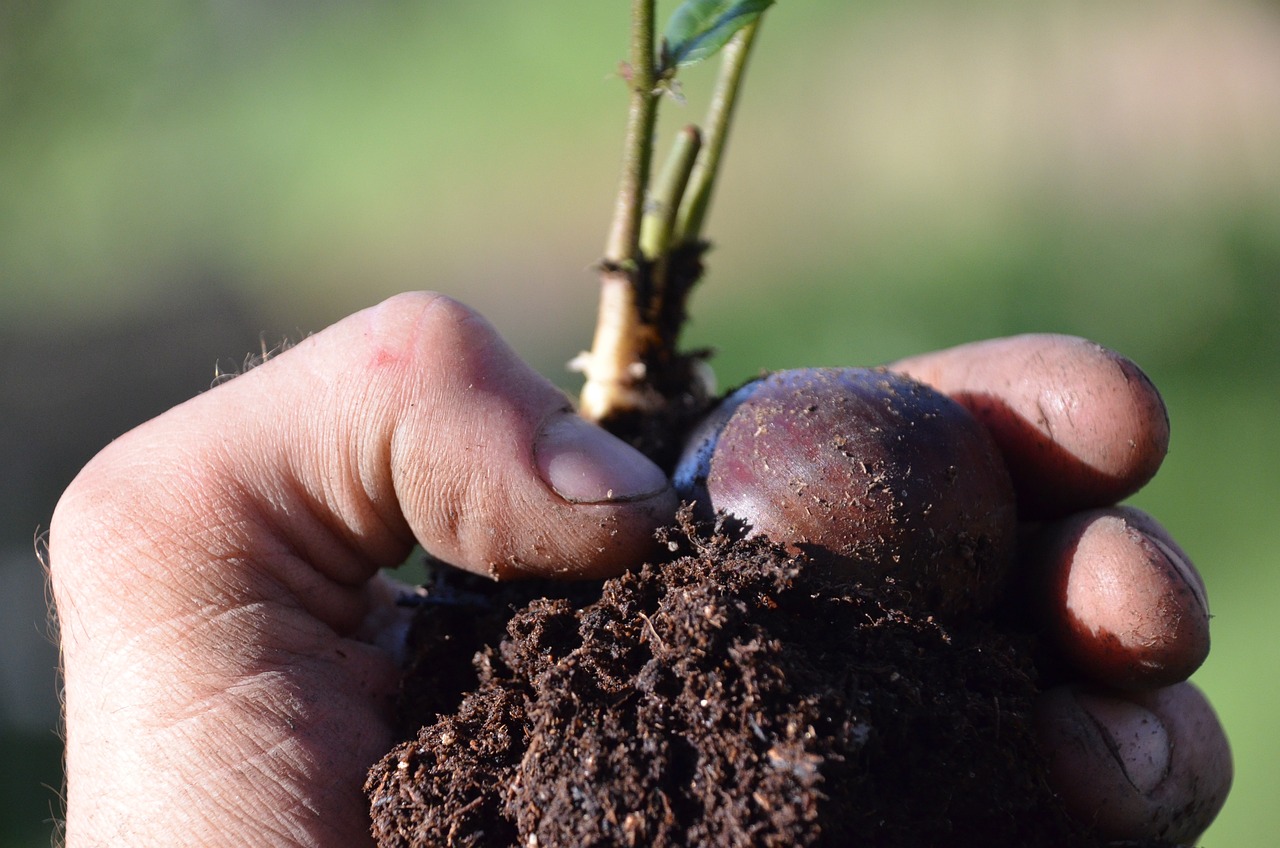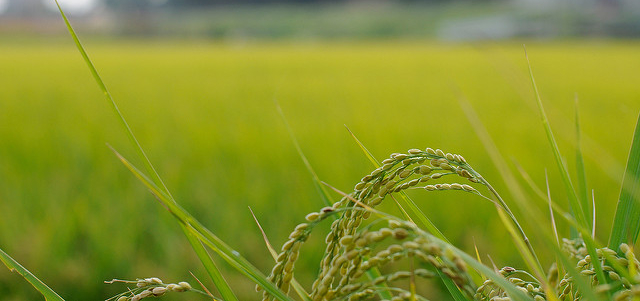In recent years, there has been a growing interest in more sustainable farming practices. One method that has gained substantial attention is no-till farming with the use of straw mulch. This method of cultivation reduces soil erosion, increases soil fertility and crop yield, and promotes biodiversity, contributing to a more sustainable and resilient food system. This article will explore the process and benefits of no-till farming with straw mulch.
What is No-Till Farming?
No-till farming, also known as zero tillage or direct drilling, is a way of growing crops without disturbing the soil through tillage. Traditional farming methods often involve plowing, which turns over the top layer of soil. However, this can lead to soil erosion, loss of organic matter, and degradation of the soil’s structure over time.
In contrast, no-till farming leaves the soil undisturbed, retaining its structure and nutrient content. Crops are sown directly into the soil residue left from previous crops, which acts as a natural fertilizer and protective cover.
Incorporating Straw Mulch
Straw mulch, commonly made from wheat, rice, or other grain crops, plays a crucial role in no-till farming systems. After harvesting a crop, the remaining plant material is often turned into straw and left on the fields as mulch. This mulch then serves several purposes:
- Soil Protection: Straw mulch protects the soil from wind and water erosion by shielding it from heavy rainfall and reducing water runoff.
- Moisture Retention: The straw helps retain moisture in the soil by reducing evaporation, which is especially beneficial in drier climates.
- Weed Suppression: A thick layer of straw can effectively suppress weed growth, reducing the need for chemical herbicides.
- Soil Improvement: As the straw decomposes, it adds organic matter to the soil, improving its fertility and structure.
The Benefits of No-Till Farming with Straw Mulch
No-till farming using straw mulch comes with a multitude of benefits. Besides preventing soil erosion and improving soil health, it also helps increase the soil’s water-holding capacity, thus making the farming system more resilient to drought.
Furthermore, it reduces the need for synthetic fertilizers and pesticides, cutting down farming costs and minimizing environmental pollution. The increase in organic matter also promotes biodiversity in the soil, supporting a healthy ecosystem of bacteria, fungi, insects, and earthworms, which in turn benefits crop health and yield.
The Challenges
Transitioning to a no-till system with straw mulch can be challenging. It may require new equipment and a different approach to pest and nutrient management. Furthermore, the benefits, particularly yield increases, may not be immediately apparent and can take a few years to materialize.
However, these challenges can be overcome with careful planning, education, and patience. Many farmers who have made the transition find that the benefits outweigh the initial difficulties, leading to a more sustainable and profitable farming system.
Conclusion
No-till farming with straw mulch is a promising approach to sustainable agriculture. By enhancing soil health, conserving water, reducing the use of chemicals, and promoting biodiversity, it offers a win-win solution for both the farmer and the environment. As we face the challenges of climate change and the need for sustainable food production, methods like these will be instrumental in forging a resilient and sustainable agricultural future.


